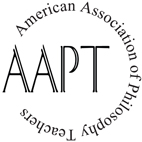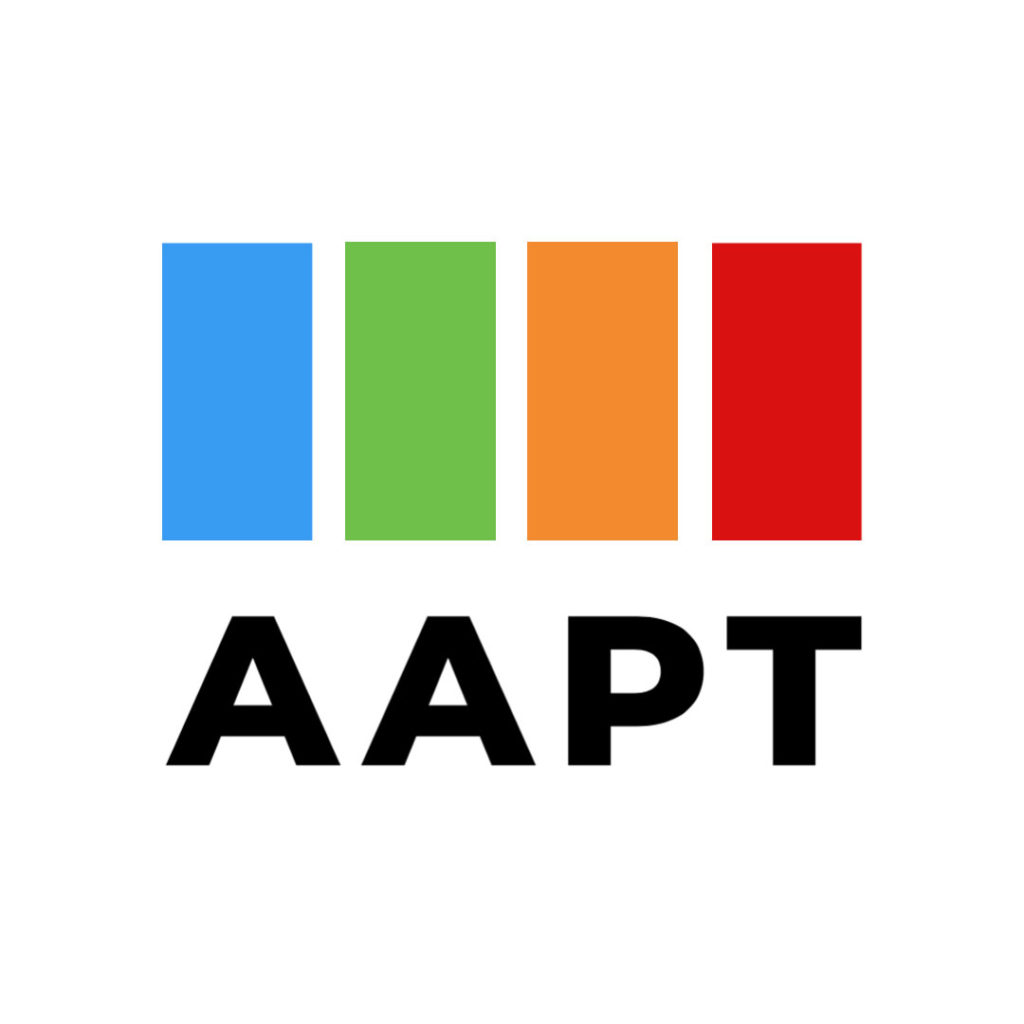CFC: Pedagogy for Phil.
Call for Contributors
The American Association of Philosophy Teachers has authorized Paul Green (a longtime member of the AAPT) to explore the feasibility of producing a book tentatively entitled Pedagogy for Philosophers which would explain learner-centered pedagogy and apply it to the teaching of philosophy. Think of it as a compendium of best practices in the teaching of philosophy—something like McKeachie’s Teaching Tips or Linda Nilson’s Teaching at Its Best, only with longer chapters and written specifically for teaching philosophy.
What will be distinctive about this text is that it takes the best educational research about learner-centered teaching and tailors it for the teaching of philosophy.
The target audience for this book would be any philosophy teacher in higher education who is interested in becoming a better teacher, but new philosophy instructors (e.g., advanced graduate students and beginning professors) would be especially interested in this book.
The next step in the process is to determine whether there is sufficient interest in writing such a book. Hence, this call for contributors.
Two types of positions are available:
- general editors to oversee the entire work. Candidates for this position should be well-versed in the theory of learner-centered teaching.
- chapter authors to write on specific aspects of learner-centered learning. (For examples, see the tentative table of contents below.) Persons who apply to be chapter authors need not currently be experts on their desired topic, but they must be committed to researching best practices in the educational literature. Nothing precludes a general editor from also authoring one or more chapters.
Persons interested in applying for general editor and/or chapter author should e-mail their interest to Paul Green (pgreen@msmc.la.edu). Prospective chapter authors might indicate their areas of interest or expertise from the tentative table of contents below (or propose another chapter). Applicants need not be a member of the AAPT, but AAPT members will be given priority.
Sample (and very tentative) table of contents:
Chapter 1: Introduction to pedagogy.
*pedagogy as a research discipline
*evidence that effective pedagogy results in learning
*what is learner-centered pedagogy?
Chapter 2: What is learning?
*brain-based account of learning
*implications for pedagogy: active learning, etc.
Chapter 3: Course design.
*backward design
*designing learning outcomes/goals. What are appropriate?
Chapter 4: General introduction to assessment
Chapter 5: Formal assessment
*authentic assessment
*writing exams (when and how)
Chapter 6: Grading/rubrics
Chapter 7: Informal assessment
*CATs
Chapter 8: Student motivation
Chapters 9-14: Creating experiences that lead to learning
Chapter 9: Designing significant learning experiences (Fink)
Chapter 10: Leading discussion
Chapter 11: Cooperative Groups
Chapter 12: When and how to lecture
Chapter 13: Experiential learning (including service-learning)
Chapter 14: Problem-based learning
Chapter 15: Teaching reading
Chapter 16: Teaching writing
Chapter 17: Teaching meta-cognition


